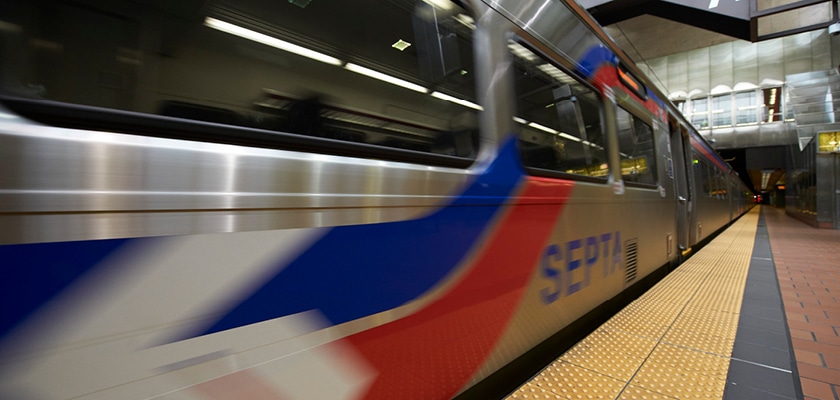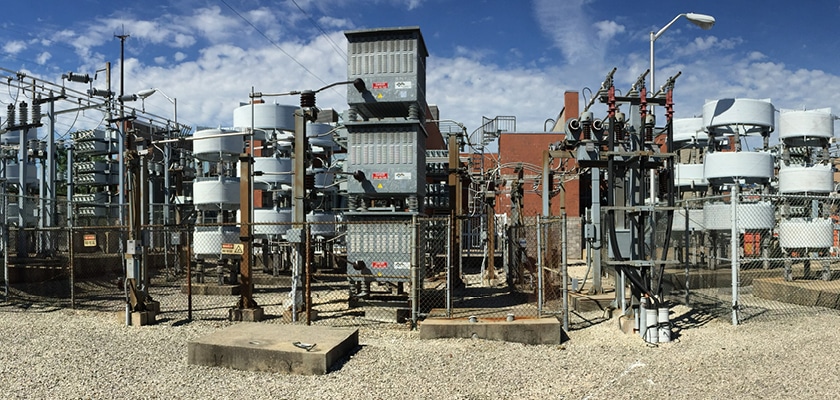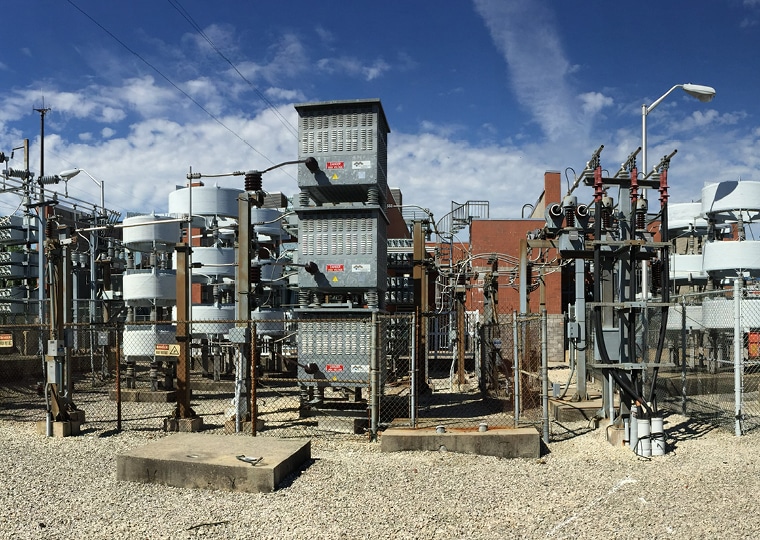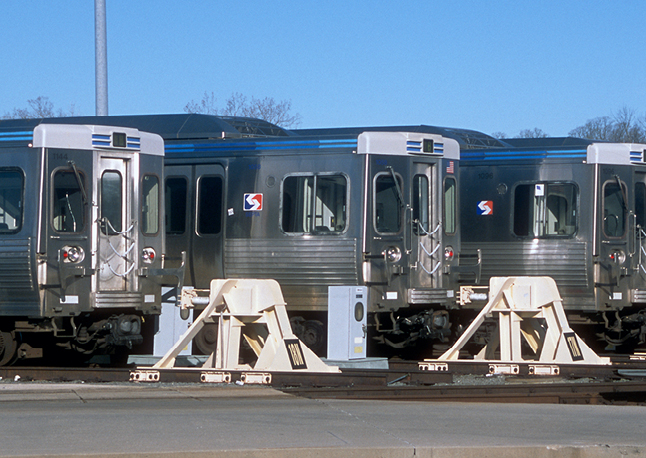
Throughout the passenger rail market sector, the need to modernize our traction power infrastructure has emerged as a major priority for transit agencies in terms of making service more reliable for users. In many cases, some of the largest agencies in the world are currently operating with equipment and facilities that have gone more than 40 years since last being upgraded. In that time, significant advancements have been made in traction power technology, which means owners need to walk the tightrope of integrating these new systems while maintaining operations of and minimizing impacts to existing rail service.
For our client, the Southeastern Pennsylvania Transportation Authority (SEPTA), STV has developed an innovative design at the Wayne Junction Static Frequency Converter (SFC) Station that addresses the authority’s traction power needs and stands to make a huge difference to those who use the fifth-busiest commuter railroad in the country.
The Wayne Junction SFC Station first opened in the 1930s as a rotary converter power system, before being upgraded in the 1980s to a three cycloconverter system. In 2015, STV was contracted by SEPTA to serve as the prime design firm and engineer-of-record for an extensive modernization program, that among other things, replaced all three converters and added a fourth one, all using new multi-modular converter system technology. This upgrade provides a state-of-the-art solution for SEPTA that enhances service throughout the regional rail system.
However, a key component of our contract was that it was critical to maintaining continuous power operations to the region’s core transit system at the existing Wayne Junction SFC Station. That meant our design team had to coordinate closely with SEPTA and other major stakeholders including PECO Energy and other designers and contractors to develop detailed construction phase drawings and scheduling so that all high-voltage equipment would operate seamlessly during construction.
SEPTA is unique in that it has the only traction power system in the world operating at 25 Hz single-phase, with a 12 kV trolley voltage system, 24 kV feeder voltage, two-winding transformer sources, and autotransformers throughout. As a result, the system features a highly fluctuating load profile, vehicle-induced harmonics, and special SFC installation and operating requirements. These unusual technical requirements affected our team’s application of industry standards and equipment selection and necessitated a high attention to detail in developing the station’s design, operational, and maintenance requirements.

Our team explored three potential layout plans with the expressed goal of fitting modern technology within the footprint of the existing Wayne Junction SFC Station site. To do that, we researched hundreds of station as-built drawings and the latest vendor offerings to prepare highly detailed design criteria. We also developed an industry survey that covered 26 major topics related to the integration of this technology, before creating a final report with our analysis, vendor information, and final recommendations.
STV was also challenged with concurrently developing the base scope for the project – the SFC Station replacement – and other improvements including new interfacing and various ongoing projects that ultimately will have an impact on SEPTA’s traction power infrastructure across the system. As a result, the final design package included hundreds of drawings representing 11 different engineering disciplines, leading to an array of improvements including upgraded and modernized control buildings, filter yards, duct banks, transformer reactors, switchgear and battery rooms, and more.
With construction now underway, the project, and our team, were recently presented Honorable Mention in the 2022 Outstanding Engineering Achievement Program by the Philadelphia Chapter of the Pennsylvania Society of Professional Engineers. This honor just further demonstrates how when a project management and an engineering team come together with owners, equipment vendors, contractors and other stakeholders, with a desire to innovate and problem-solve, we can help create a tangible benefit to society via the delivery of a more reliable transportation system.

Brandon Swartley, P.E., is an STV vice president and the chief electrical engineer of power systems. He was recently named the 2022 Delaware Valley Engineer of the Year by the Institute of Electrical and Electronics Engineers Philadelphia Section.





